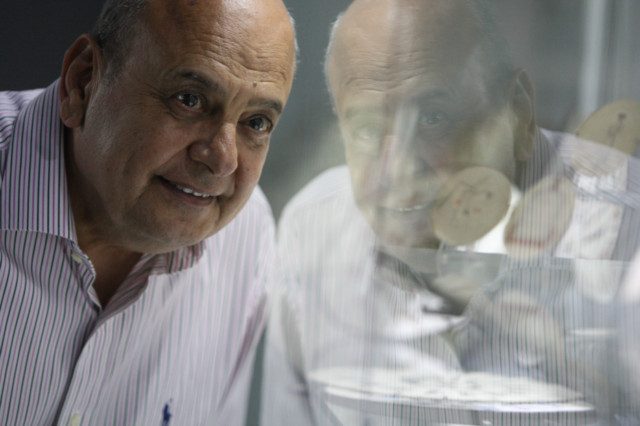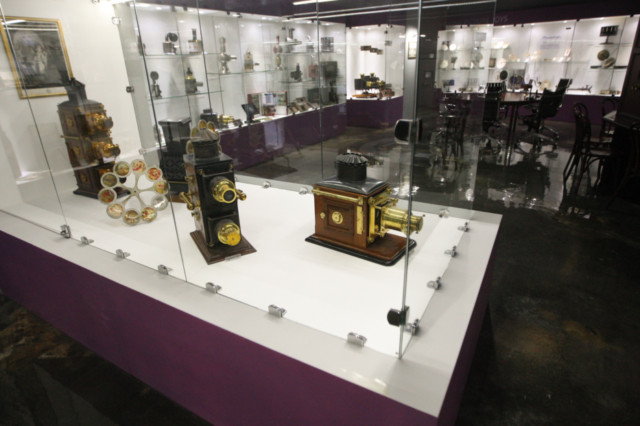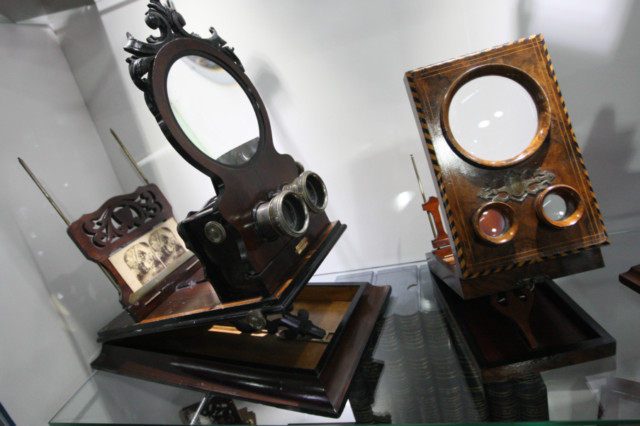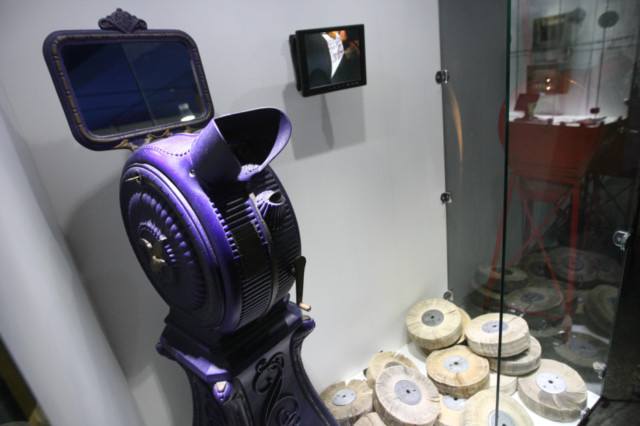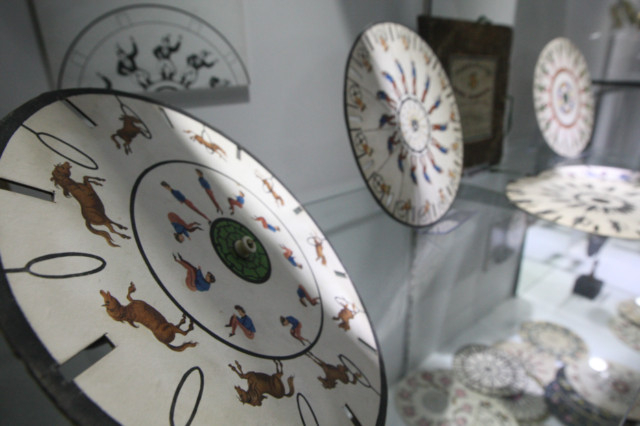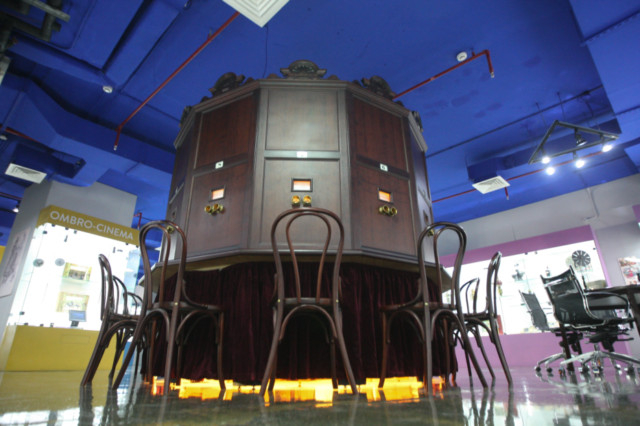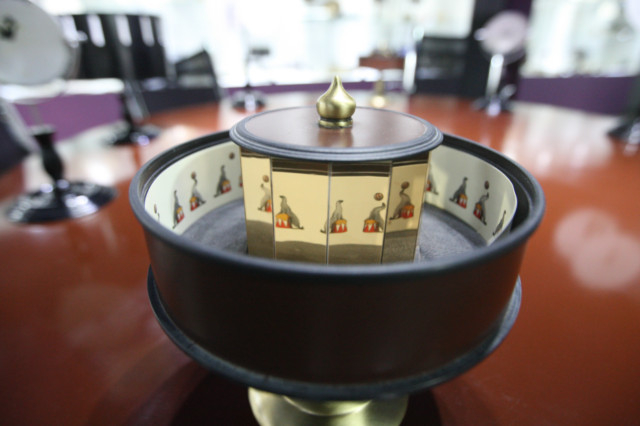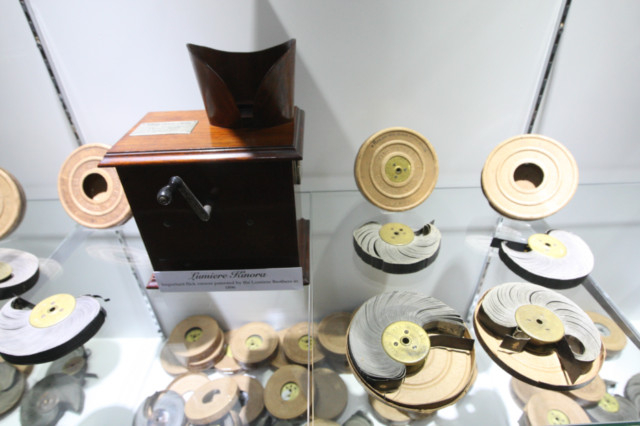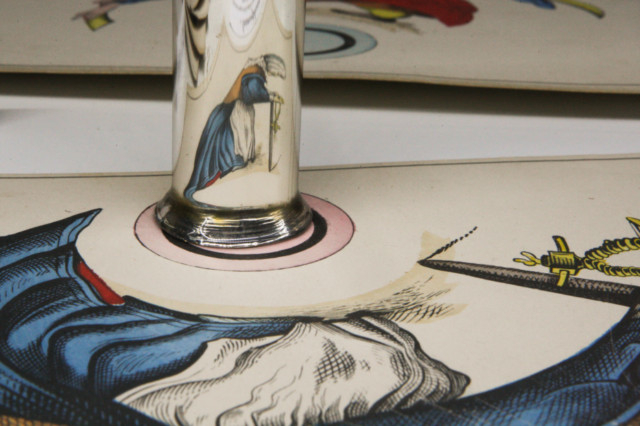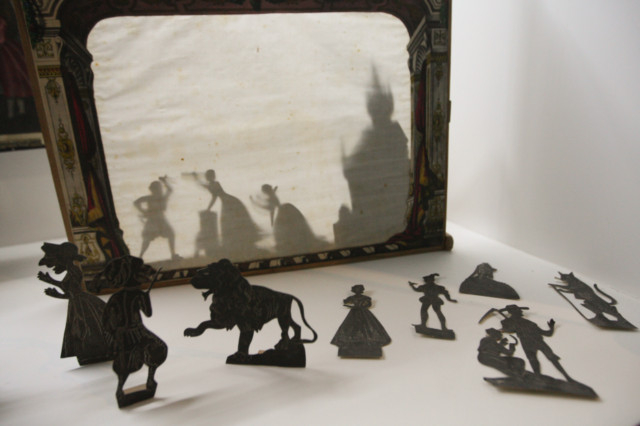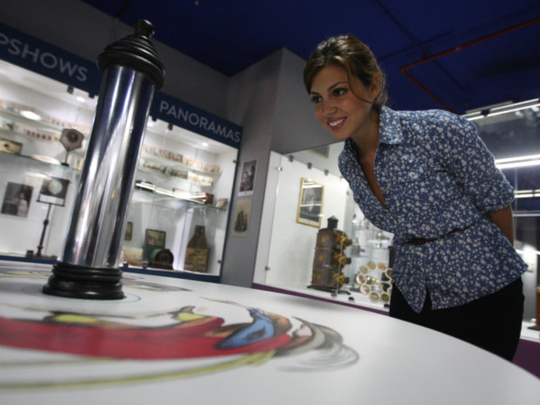
Dubai: One man’s passion for visual entertainment has given Dubai a new destination for anyone fascinated with the idea of capturing moving images.
Welcome to the Dubai Moving Image Museum, one of a handful of museums in the world that showcase the history of moving images.
Located in Tecom, the museum houses over 300 rare, antique collections of Lebanese Akram Miknas (chairman of Middle East Communications Network), from all over the world, some dating back to 1730, portraying the development of visual entertainment prior to modern day cinema.
“What you see here is rare... it amazes you how, until the birth of cinema, we progressed bit by bit. From prehistoric cave drawings to the play of light and shadow, you get to know how it all led to the cinema we see today. It is the first and the only one of its kind in this region,” Mandy Aridi, museum manager, tells XPRESS, as she takes us through the museum.
Original movie theatre seats from France which are over 100 years old do not go unnoticed as you step in and view a Timeline wall describing the evolution of moving images from the time cavemen gave a first try at playing with light and reproducing movement until December 28, 1895, when the first commercial screening of films by the Lumiere brothers took place.
In the beginning
From a room-sized Kaiser Panorama through which you peep to see detailed three dimensional images to jumbo sized wooden magic lanterns and frames with liquid porcelain images that come to life with a play of light, guests have numerous interactive options to trace the trail of moving images.
You can also get a taste of short scenes people entertained themselves with in the early 1900s through a mutoscope (early motion picture device) as well as shadow theatre.
For Miknas, 69, it was the intricate yet sophisticated craftsmanship of an old tea samovar in his parental house that deepened his interest in antiques. “I found my first piece in Portobello Market in London. It was a zoetrope, and shortly after I found a kinora in Berlin. The two represent early stages of movement in imagery, and to me, this is linked to the progression of visual communication,” he said. He later went on to head a photography club in Beirut and travelled all over the world, also attending auctions, collecting anything he found interesting related to visual entertainment.
Among the collections are rare toy magic lanterns bearing ‘Arabian Tales 1001 nights’ theme, a 19th century replica of nearly 7-foot Kaiser Panorama enabling viewers to see 3D images using original hand printed glass slides, and also a collection of more than 30,000 photo cards that can be viewed through stereo viewers.
Miknas also has over 100 original kinora reels that illustrate the beginning of movie viewing at home. He aims to make the museum an international and local reference hub as well as an academic destination.
“My main goal for the museum is to encourage students to study the moving images and its origins, development, and future. There are several universities, locally and throughout the world, that have sections on the moving image and many students have written theses on the subject. Our future plan is to make this a worldwide and local reference hub and an academic destination.”
Miknas is also keen to encourage those “who may have similar collections in different subjects, such as music boxes, fine arts, or clocks, to create their own specialised museums”.


